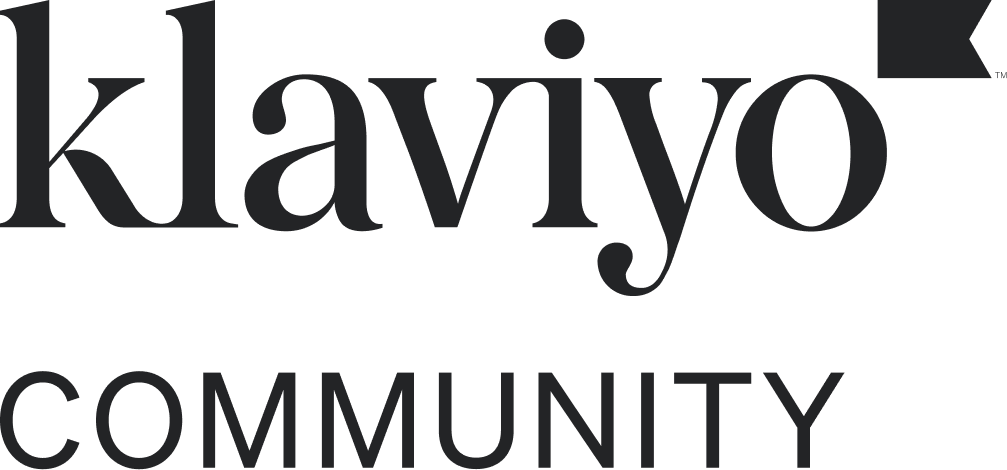Hey @browntown,
Building on top of what @alison.gori and @Paul S had highlighted, this variance you are seeing can also be credited to how both Klaviyo and Shopify use different attribution models.
By default, Klaviyo has a 5-day last interaction (open or click) attribution model whereas your Shopify account/Google Analytics may be using a different attribution model as highlighted in the Marketing Attribution: Seeing the Customer Journey More Clearly Shopify article. Due to the difference in these models, a customer may have received the Klaviyo email, clicked and/or opened the email and converted, thus resulting in the 7 orders generating $312.22 of revenue being displayed within Klaviyo.
However, on the other hand, if your attribution model was set to a different method in Google Analytics such as Position Based, the first and last touch points of an email received would be counted as the attribution revenue generator within Google Analytics. This can be confusing since Klaviyo is only based on Last Interaction, open or click of an email; meaning that only the last point of contact before a sale would be attributed to Klaviyo while Google is going to attribute the first and last emails touched within a specific timeframe the revenue.
This could potentially be leading to inflation by some of these attributions within Google Analytics. For example, the original email received within Klaviyo that generated $312.22 and a secondary email the customer received was clicked and open on prior to a sale. Google would attribute revenue within GA to both of these emails touched while Klaviyo would only give the credited email to the subsequent email since it was last touch; thus accounting the first email with 7 sales despite seeing 9 sales for this email within Google Analytics.
You can learn more about Klaviyo’s attribution model and how it different from Google’s from the Understanding Conversion Tracking Help Center Article.




![[Academy] SMS Strategy Certificate Forum|alt.badge.img](https://uploads-us-west-2.insided.com/klaviyo-en/attachment/2f867798-26d9-45fd-ada7-3e4271dcb460_thumb.png)
![[Academy] Deliverability Certificate Forum|alt.badge.img](https://uploads-us-west-2.insided.com/klaviyo-en/attachment/505f2253-cde5-4365-98fd-9d894328b3e0_thumb.png)

